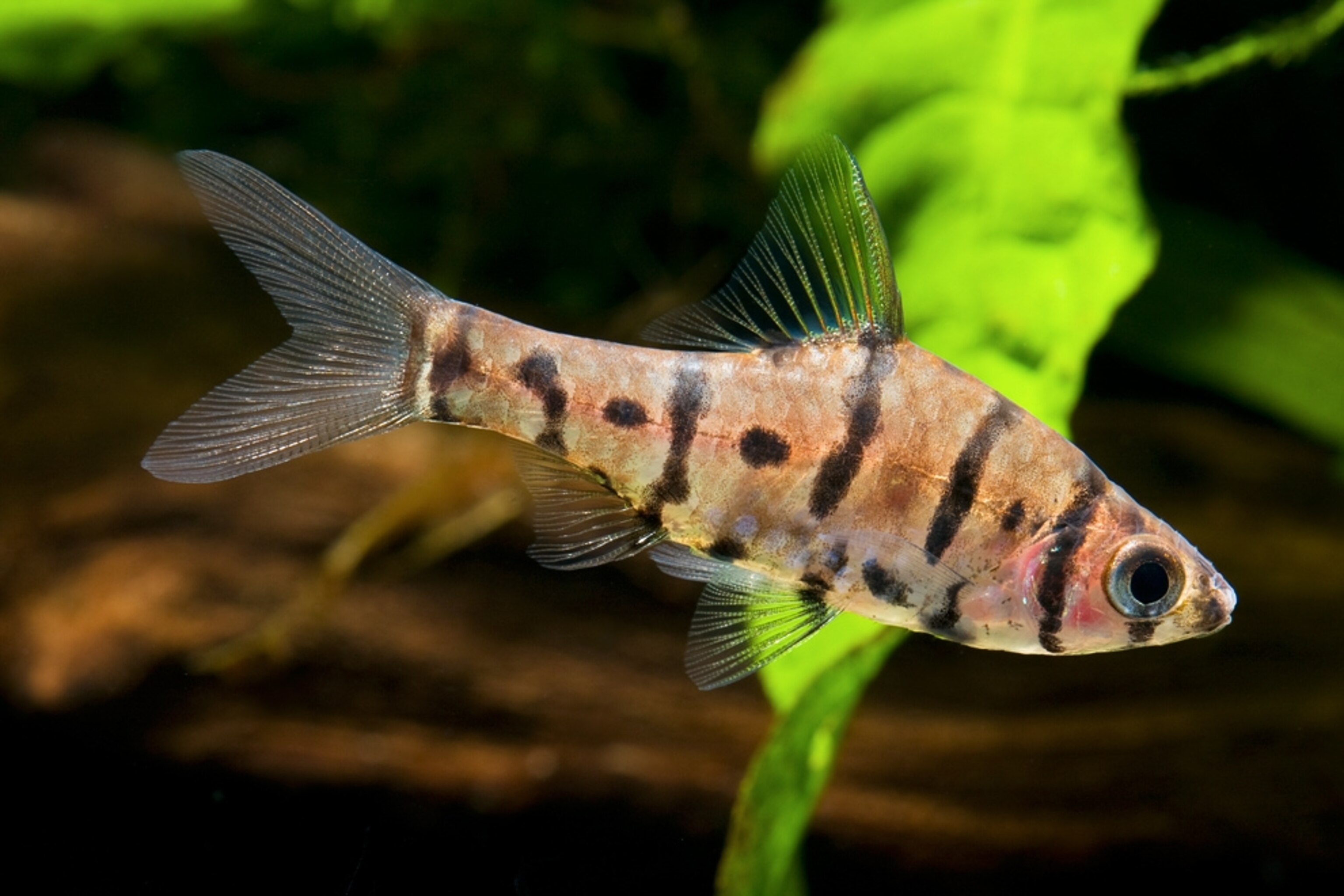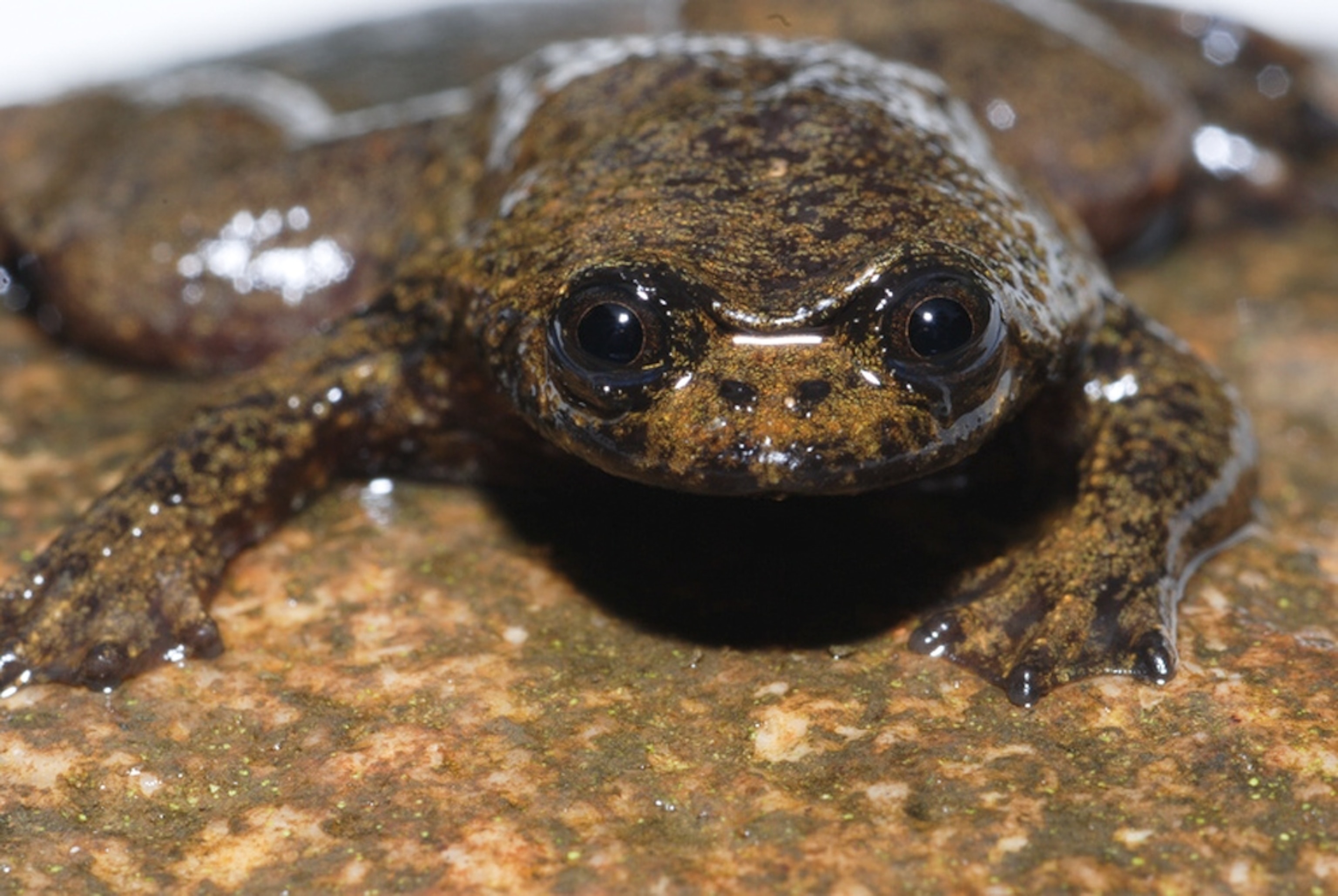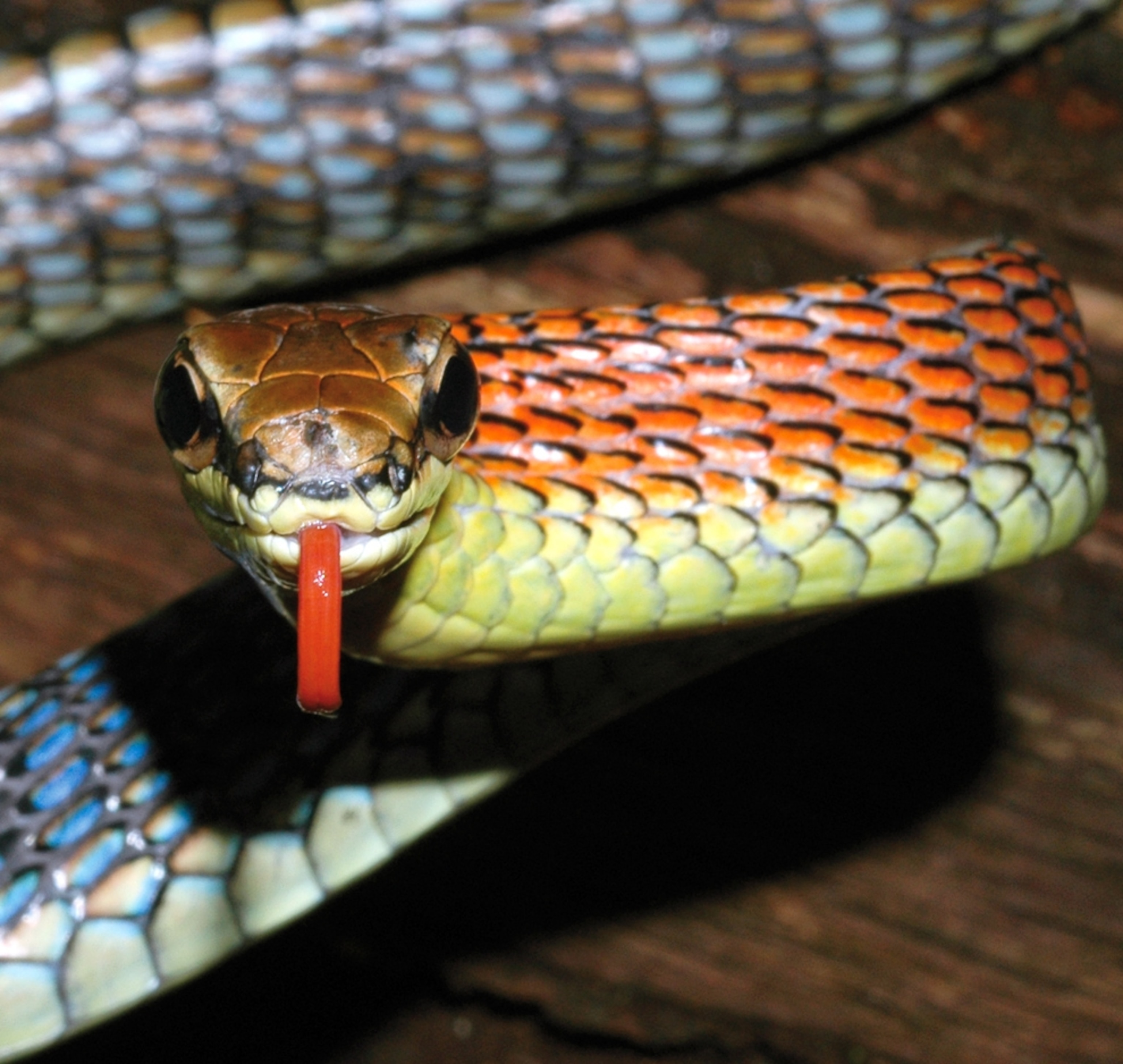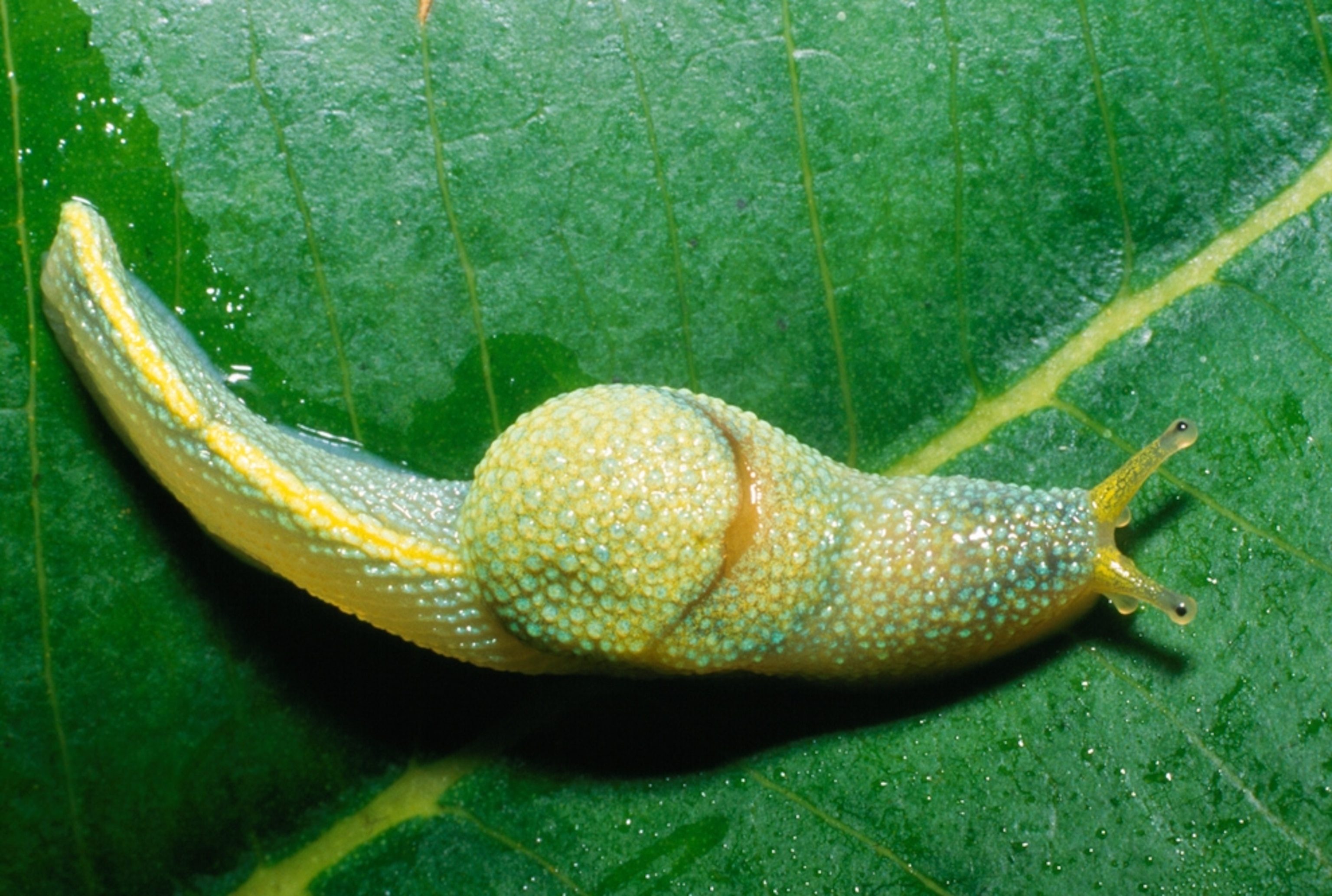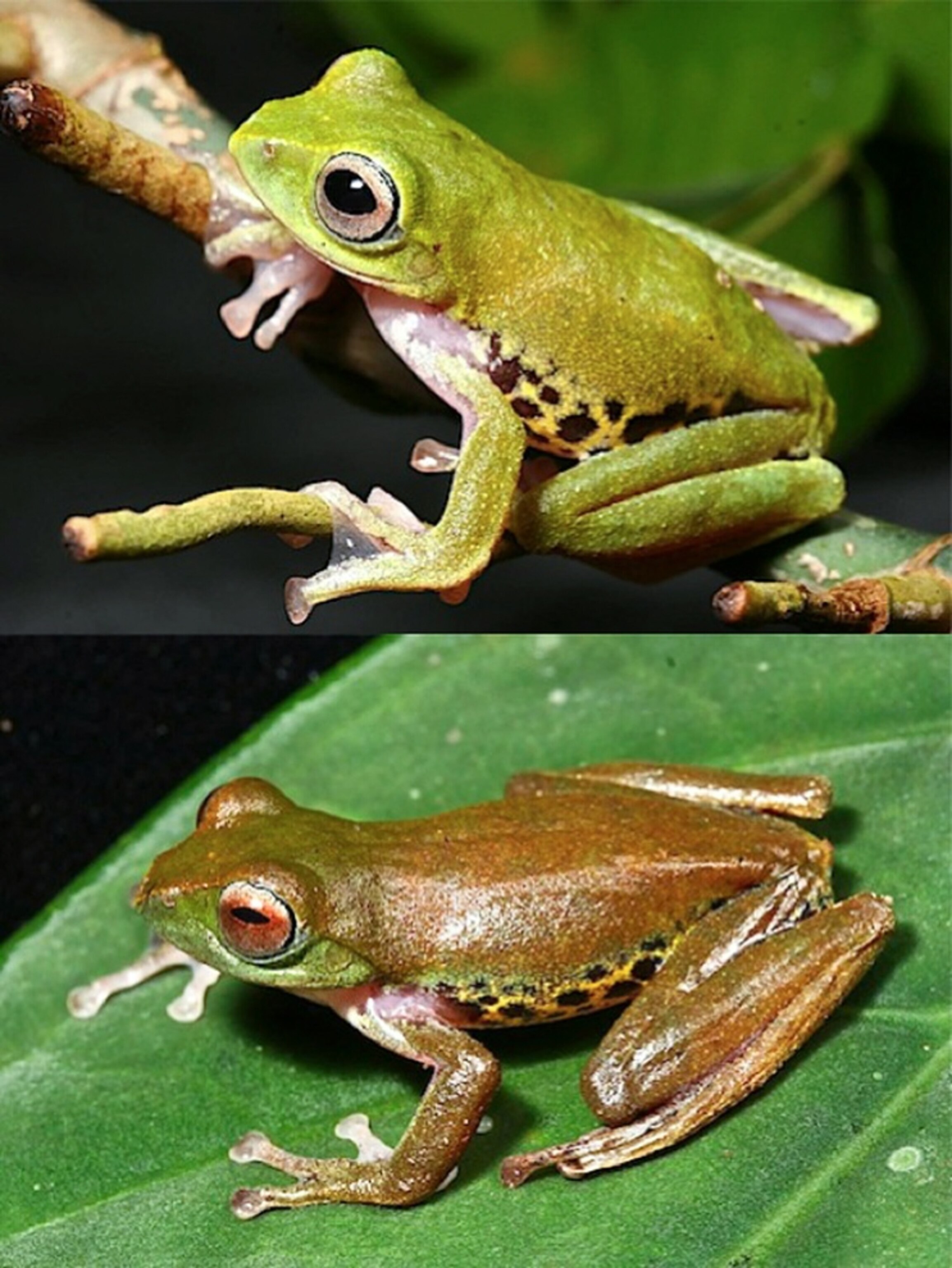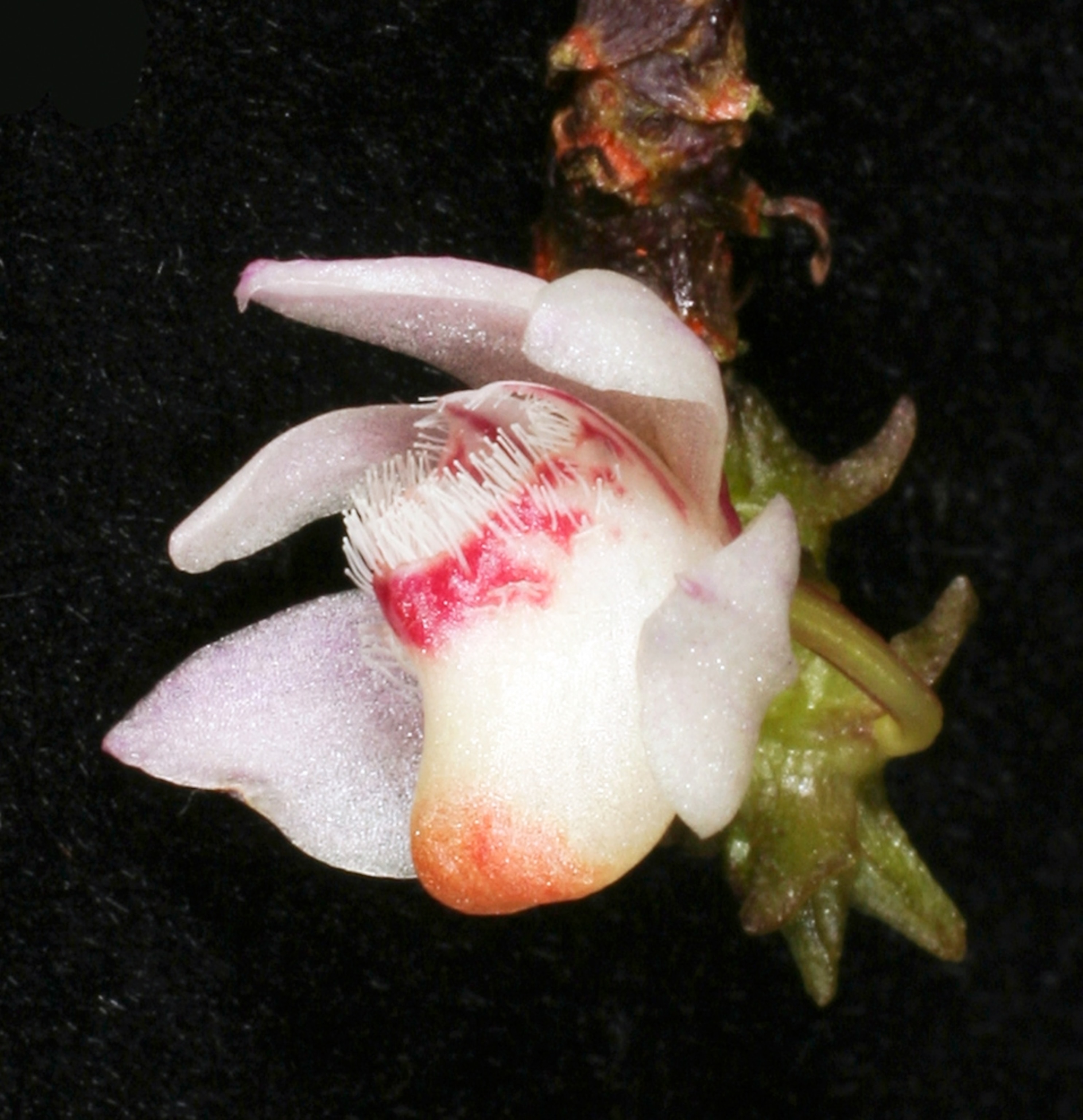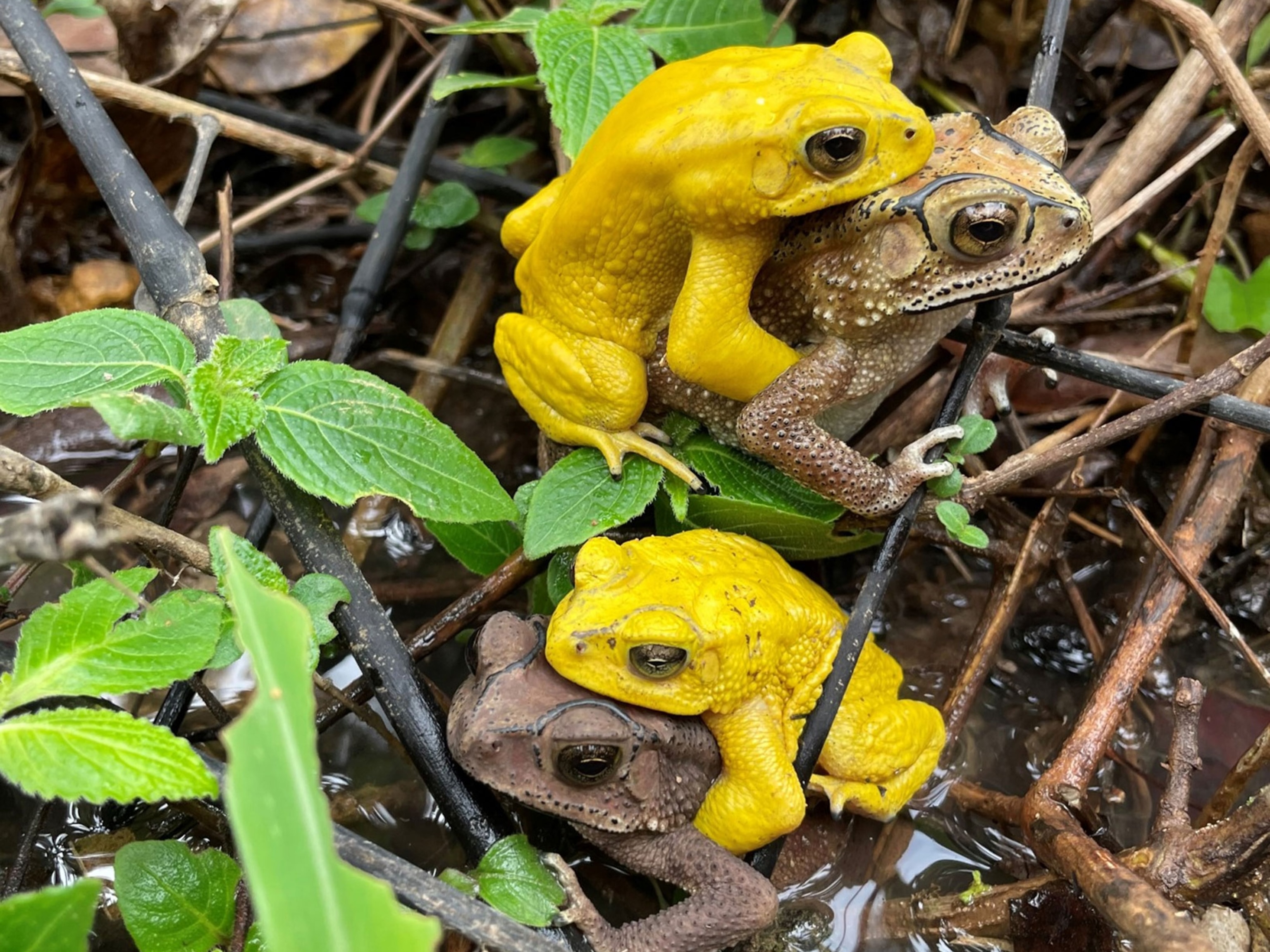Photograph courtesy C.K. Yeo
Photos: "Ninja" Slug, Longest Insect Among New Species
In time for the 40th anniversary of Earth Day, a new report spotlights new species from Borneo, including a flying frog and the world's longest insect.
April 23, 2010
